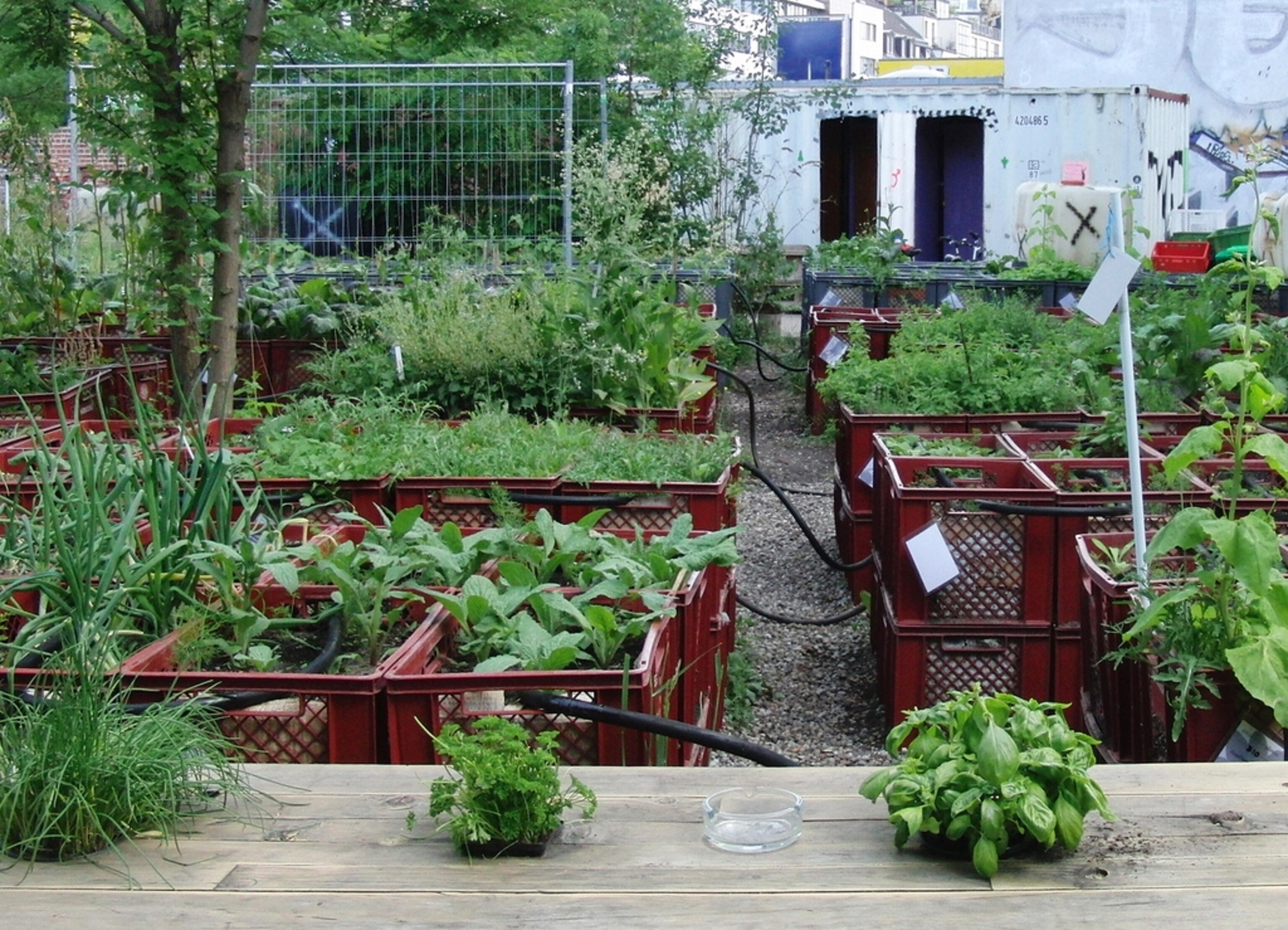
It’s a Beautiful Day in the Agrihood
The irony is not lost on me: 200 years ago my ancestors subsistence farmed, and now I’m spending $400 to send my 6-year-old to a week of farm camp to pick lettuce under the hot sun.
As modern humans become increasingly removed from the production and preparation of meals, more people go to extremes to satisfy their cravings for community through food. For those for whom a
(if you don’t care to commit to a permanent coop in the backyard) simply doesn’t scratch the itch, companies are now creating entire housing developments centered on farming. Agrihoods integrate large-scale food production into residential areas and give new meaning to the phrase “mixed-use development.”
Brining the Farm Experience to Suburbia
Until advancements in transportation like refrigerated trucks eliminated spoilage concerns, fresh food came only from farms around one’s home. Now in places like the
planned community in Loudon County, Virginia, developers are recreating that model by building homes specifically situated around an onsite 300-acre professional farm. The farm sells its produce from a stand within the walls of the development, essentially giving residents access to an enormous backyard garden—with none of the gardening responsibilities.
And the commitment to food doesn’t end at the farm stand; when completed, Willowsford’s community house will boast a demonstration kitchen with cooking classes and educational events so adults and kids can reap the full benefit of collective culinary living. In doing so, Willowsford provides both a nearby third-space (not work and not home) location and the optimal theme (food) for gathering people in community.
The project is well underway, with many current residents and new homes being built, and was the National Association of Homebuilders’ 2013 Suburban Community of the Year. Developers are betting that if new house hunters are searching in the $500,000 to $1.2 million price range, the warmth of immediate fraternal connections through food will compel buyers to choose a home on Willowsford’s sprawling 4,000 acres.
Could Agrihoods Help Feed the Masses?
High prices proportional to high amenities are of course a factor, since one of homebuilders’ intents is to make a profit from agrihoods. One project in Granite Quarry, N.C., has stalled since the recession hit years ago.
development contemplates even deeper homeowner benefits, distributing its farm’s produce to the homeowners association (HOA) and revenue from goods sold at farmers’ markets to the HOA.
In Fort Collins, Colo.,
Bellissimo, Inc.’s Bucking Horse development
“is designed around fulfilling the hunger for community.” The project’s final plans sound like an idyllic French village, including a farm-to-fork restaurant with its own large garden, several community gardens for residents, and an “artisan food village” with a winery, cheeserie, and bakery. The developers are smartly keeping and restoring 129-year-old historic farm buildings on site, to provide a sense of history and ambiance.
Such romanticism certainly lessens the psychic blow of placing something as wild and unpredictable as agriculture in the middle of a fanned out manufactured community, just as my son’s summer farm experience will surely be wonderful but manufactured. If one accepts the premise that an experience will be fabricated, isn’t it OK to plan in a way that supports a path to feed 9 billion people by 2050? Acquainting more non-farmers with agriculture is a necessary first step.
that no fewer than a dozen agrihoods are under construction right now, from coast to coast and in between.
As suburban agrihoods recreate communities of a time past, public policy continues to create spaces and incentives for people to meet over food and agriculture in formerly concrete jungles. I hope they are parallel tracks toward the same goal. As a farmer friend assured me as I fretted over paying for a “farm vacation” for my kid: it’s a heck of a lot cheaper than owning a farm.
This story is part of National Geographic‘s special eight-month Future of Food series.





